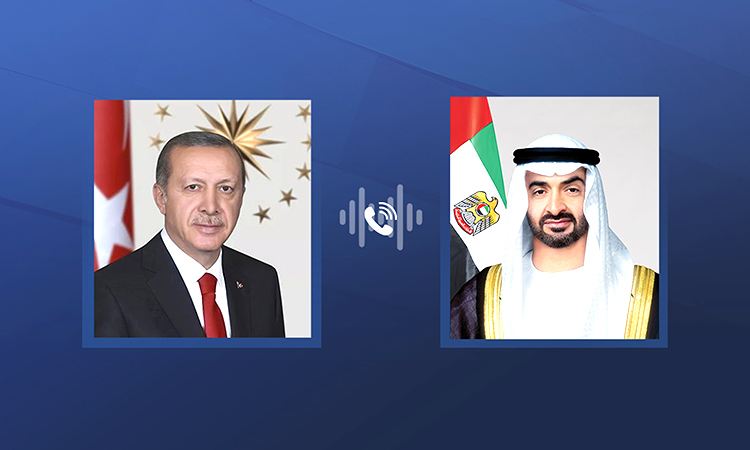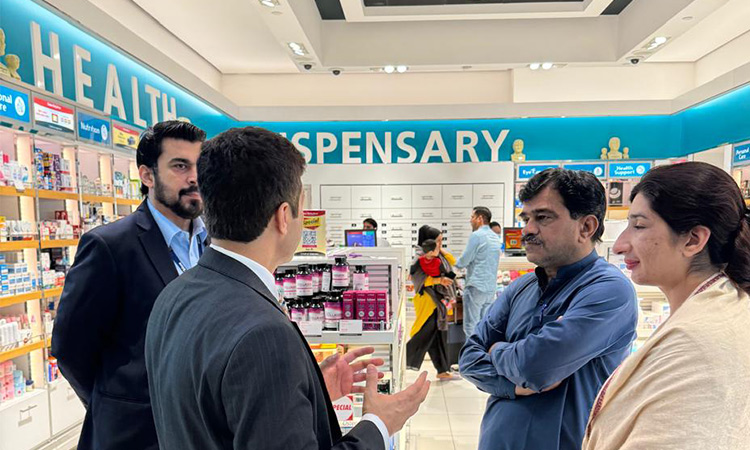
How Flowers Emerged as a Main Character on ‘Bridgerton,’ From Real Hyacinths to 5,000 Artificial Daffodils
The wildness of the natural world exists in opposition to the careful curation of a television set, but on Netflix’s Bridgerton, the two work in tandem to create a colorful pastiche of a bygone era marked by opulence and beauty. In season one of the show, floral arrangements formed the backdrop for a storyline that gripped viewers with its passion and dramatic suspense; in season two, flowers emerged as a main character unto themselves, oftentimes mirroring costumes, offering suggestions on setting, leaving clues of what a given scene might reveal.
Will Hughes Jones, who led production design for season two, spoke to THR about the process of designing floral arrangements in collaboration with the show’s writers, florists, and costume and set designers; how England’s seasons impacted the use of artificial versus real flowers; and his observations on how flower trends have bloomed over time.
Related Stories

What role do flowers play in the show? How have they become a main character in season two?
The flowers were something that a lot of people commented on in season one. So when it came to season two, we knew that they were actually a very strong character in their own right within the show. When I’m designing a set, there’s always a point in the design [process], where myself and set decorator Gina Cromwell sit down and go, ‘Okay, we’ve got the walls. Now, what do we do about the flowers?’
In every room, in every house — and even on the exteriors — we always have flowers. Chris Van Dusen, the showrunner, is a great fan of them. Being in the UK, the weather is sometimes quite inclement. So more often than not we have to do the flowers in the gardens as well. We’re never going to a place and saying, ‘Okay, these flowers are great,’ because they’re generally not. And since we filmed during COVID times, there were a lot of gardens we were in which hadn’t had gardeners in them for literally a year; we had to spruce up all the exterior gardens because they’d just been left to grow wild. So in terms of how much effort we put into floral design on Bridgerton, it’s a sizable amount — probably more than most shows.
You’re obviously thinking about several different arrangements for each episode, and have to engage with different environments as well. Do you use real flowers in the show, or are they artificial? How do you have to manipulate flowers in a unique way when maintaining their image for the screen?
When we’re filming in a studio — because of the studio lights and the fact that there’s 30 to 40 people in the room — the general heat and atmosphere creates a situation where flowers will literally wither before your eyes. So more often than not, we use artificial flowers. There are moments when we have specific scenes where the flowers are very, very close to the actors. And when that happens we always use real. So we use a mixture of both.
As an example, the first ball of the season — the conservatory ball — which was quite honestly a flower fest at Lady Danbury’s, we put all our artificial flowers in there because the conservatory was completely empty when we moved in. But there were a lot of real flowers as well, principally because we wanted to make sure that the colors we were using were in synchronicity with the costumes. We always have conversations with Sophie Canale, the costume designer, about literally every ball and every big scene, just to check that the costumes and the flowers have got some sort of connection. There’s one particular scene where Penelope [Featherington] is wearing a bright yellow dress, and we did a whole wall of bright yellow flowers. So she literally became a wallflower.
That’s such an interesting tension, this relationship between the natural world and making something beautifully manufactured. You’re dealing with the seasons of a show and the seasons of life.
There are occasions where, for example, we needed hyacinths for a particular scene, which then relates to our character Hyacinth later down the line. We couldn’t get artificial hyacinths, so we actually found a gentleman in Holland who force grew hundreds of them for us, because we ended up filming that scene in August or September time, and hyacinths flower in January, beginning of February.
There’s also a scene in a daffodil field which we shot in June time, I think it was. Obviously daffodils are only [blooming] in April before they go over. That was one of those particular scenes where Chris was very clear that he wanted them to be daffodils. So we bought about five and a half thousand [artificial] daffodils, and a team of greens men put them in the field. When you see that scene, nothing there is real. Even the blossoms on the trees were artificial.

Are there specific flower types that feel really accurate to the Regency Period [c. 1811 to 1820] that Bridgerton exists in? I’m curious about the popularity of certain flowers in England at that time.
It’s sort of reverse engineered really, because during Victorian times, rhododendrons were brought in. So when we’re looking at locations, if there’s lots of rhododendron shrubs, we know we can’t film there because they’re not right for the period. In the same way, the Regency Period was a period of discovery. People were going off on their grand tours and coming back with all sorts of interesting flowers. But predominantly roses were the order of the day.
We look at paintings, we look at etchings, and it did seem that there was quite a lot of wisteria and jasmine [too].
What’s on your mood board when you design arrangements for the show? How have British gardens, or other historical images, inspired you?
We’re very lucky that we have a fantastic team of greensmen, greenswomen, and florists; because of the way Bridgerton is structured, there’s so many floral elements, so we have about three or four different florists who we would talk to about the looks.
For season two, one of the big things that both Gina Cromwell and I latched onto was a designer of the time called Grinling Gibbons, who was actually a woodcarver. He carved all these beautiful fruit and floral elements that are in the structure of Regency and Georgian buildings even now; he was a rock star at the time. So we were really interested in that and decided to reverse engineer that look. In one of the balls, we use Grinling Gibbons as a reference point to create these beautiful floral displays. When looking at the Regency Period, you look at paintings for elements of flowers, but also you look at architecture. Within architecture, [you can see] the styles of the day. That’s how we came up with a lot of our floral design.

In season two, how did you use flowers to represent the different families and make a comment on class status and personality? How were you thinking about shaping the characters from the perspective of decorating the environment?
It goes back to why we design sets. And that’s to allow the actors a space to do their thing. So you never want the flowers to upstage the acting. Quite often we take the colors of the flowers from the costumes. So if you look at somebody like Lady Danbury, in her house, a lot of the flowers are very similar colors to the costumes she wears. And also as time goes on, there’s more flowers in the Sharma girls’ dressing room, and those flowers relate to the Sharma girls’ costumes. It’s all about making it feel like a coherent thing.
Culturally speaking, what do you think florals have symbolized throughout time, both during this Regency era and even today? What do flowers represent to an audience, or to society in general?
I think there is a cyclical thing to this actually; when you’re looking at artistry from the Medieval Period, most of the flowers then were there for people to eat. Everything that was grown was for eating. I think as time has gone on, [flowers] have become more and more decorative. But in recent times, modern florists quite often include things in bouquets which are not necessarily flowers, like rosemary and herbs and things that actually have got an aroma. And now, you go to any high-class restaurant, and one of your courses is going to have an edible flower in it, whether you like it or not.
People reacted so beautifully to the flowers in season one: what role do you think Bridgerton is playing in terms of transforming the world of production design and how people are talking about florals in television?
I think there is a trend in television and film at the moment to enhance history somewhat. And because we’ve all gotten very used to watching historical series and films where everything’s brown, and everybody’s a bit miserable. … I think Bridgeton has helped push that look away and gone for a more optimistic look of history. People want to see bright, clean, fun spaces. Another trend at the moment is that [people] are pushing the boundaries of historical accuracy. At the end of the day, Bridgerton is set in the Regency Period, but it’s a pastiche of that period. It’s not true history. It’s what you would see if you went to the theater and saw a theatrical show. Bridgerton has almost created an acceptance that it’s okay to do bright, clean, fresh colors in a period show.


















